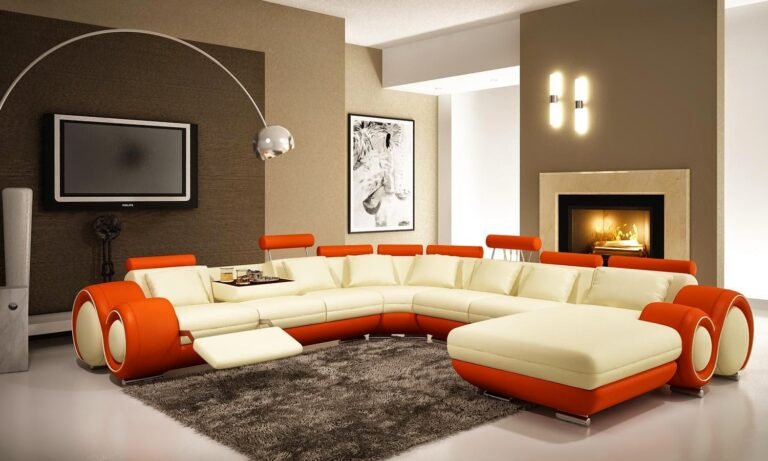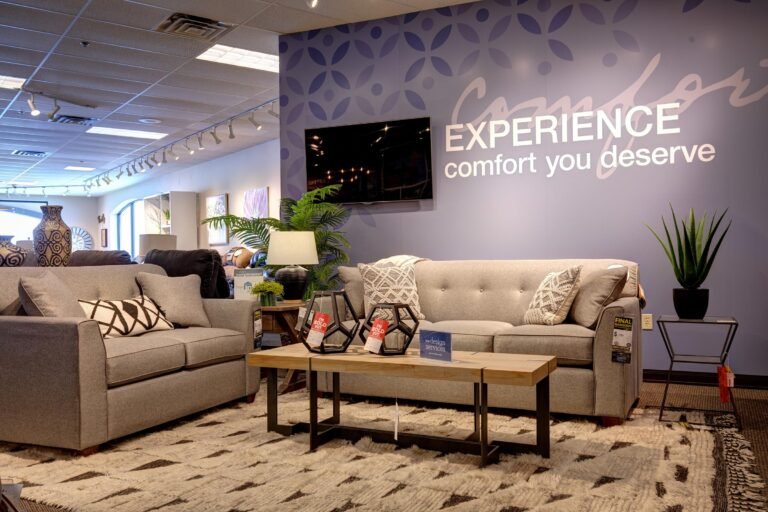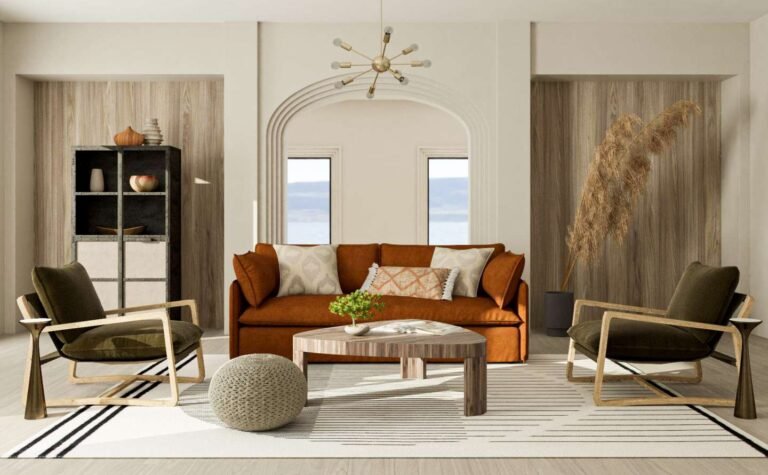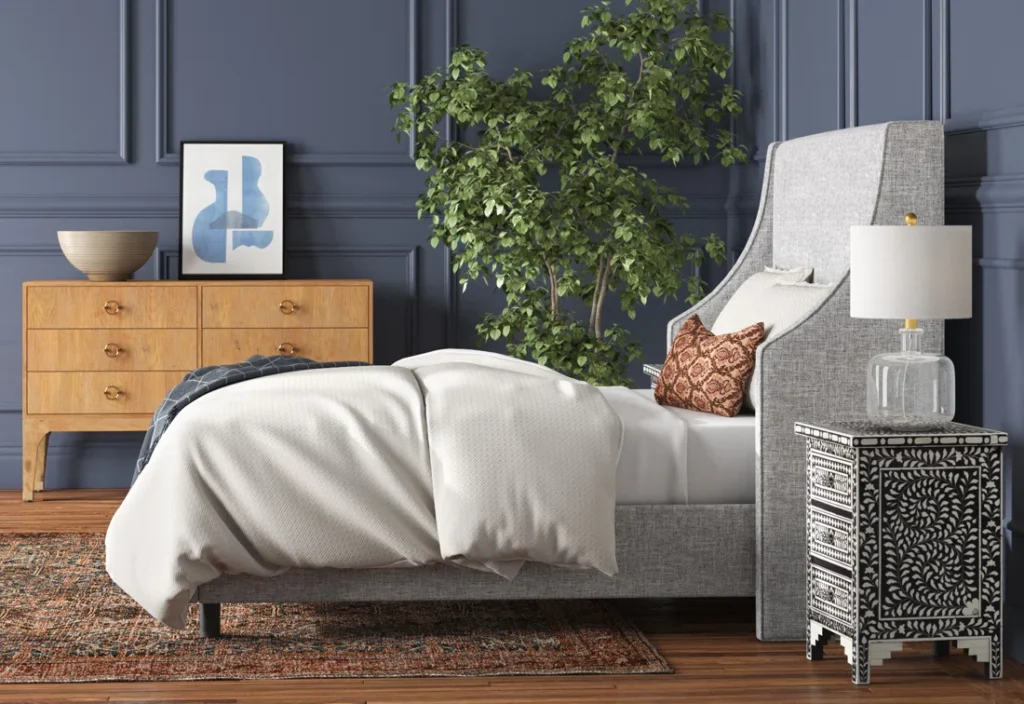
How to Choose Quality Furniture That Lasts
Investing in quality furniture is essential for creating a home that is both stylish and durable. Well-made pieces can last decades, saving you money in the long run while enhancing the comfort and functionality of your home. Choosing furniture that lasts requires attention to materials, construction, and design.
Understanding the key factors that contribute to longevity ensures that every piece you buy stands the test of time, both physically and aesthetically.
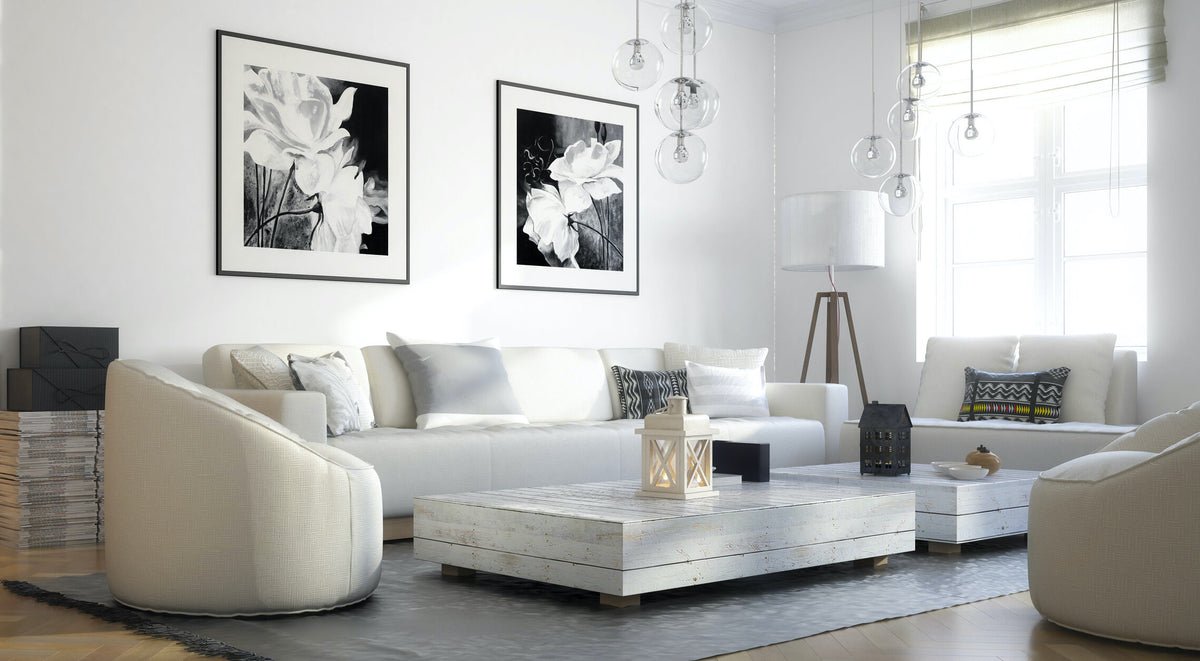
Assessing Furniture Materials
The foundation of long-lasting furniture starts with materials. Different materials offer varying degrees of durability, appearance, and maintenance requirements.
-
Solid wood: Oak, maple, walnut, and mahogany are strong and durable. Avoid particleboard or low-quality plywood for pieces that must last.
-
Metal: Stainless steel, aluminum, and wrought iron provide sturdy frames for beds, tables, and chairs.
-
Upholstery fabrics: Look for high-quality textiles like leather, tightly woven cotton, or performance fabrics that resist stains and wear.
-
Foam and padding: High-density foam cushions retain shape longer and provide consistent comfort.
Selecting furniture made from quality materials ensures strength, stability, and longevity.
Inspecting Construction and Joinery
Durable furniture is built with strong joints and attention to detail. Poor construction leads to wobbling, sagging, and early wear.
-
Mortise-and-tenon or dovetail joints: These traditional methods offer superior strength compared to staples or nails.
-
Reinforced frames: Check that legs and supports are solidly attached and reinforced where needed.
-
Smooth finishes: Even coatings protect wood from moisture and scratches.
-
Check for screws and hardware: Solid metal hardware adds durability; avoid plastic components that can break easily.
Paying attention to construction quality prevents issues and ensures long-term use.
Choosing Timeless Designs
Trendy furniture may look stylish today, but can feel outdated quickly. Selecting timeless designs extends both the aesthetic and practical life of your furniture.
-
Neutral colors: Beige, gray, white, and soft tones remain versatile for years.
-
Classic silhouettes: Clean lines and simple shapes suit multiple décor styles.
-
Functional design: Pieces that serve multiple purposes, like storage beds or extendable tables, remain practical over time.
Investing in classic designs guarantees your furniture will remain stylish and functional for years.
Evaluating Comfort and Ergonomics
Durability is important, but comfort should never be sacrificed. Long-lasting furniture also needs to support your body and lifestyle.
-
Test seating: Sit on chairs, sofas, and benches to ensure comfort and support.
-
Check cushioning: High-density foam or quality springs provide consistent comfort without sagging.
-
Consider ergonomics: Chairs and desks should support posture, especially for workspaces.
-
Measure dimensions: Ensure furniture fits your space and allows easy movement.
Comfortable, well-designed pieces are more likely to be used and appreciated for years.
Maintenance and Care
Even high-quality furniture requires proper maintenance to extend its life. Simple care habits can prevent premature wear and damage.
-
Regular cleaning: Dust and wipe surfaces frequently to prevent buildup.
-
Use protective covers: Protect upholstery from spills and sunlight exposure.
-
Avoid excessive weight: Follow weight guidelines for shelves, chairs, and beds.
-
Repair minor damage early: Fix scratches, loose joints, or torn fabric promptly to avoid bigger issues.
Routine care preserves furniture integrity and appearance.
Budgeting for Quality
Quality furniture may cost more upfront, but it saves money over time by avoiding frequent replacements.
-
Invest in key pieces: Spend on sofas, beds, and dining tables rather than accessories.
-
Balance cost and materials: Consider durability first, then style.
-
Plan for long-term use: Think of furniture as an investment that provides comfort and beauty for years.
A thoughtful budget ensures you prioritize durability and design over short-term savings.
Conclusion
Choosing quality furniture that lasts requires careful consideration of materials, construction, design, and comfort. Solid wood, durable metals, high-quality upholstery, and reinforced joinery create a foundation for longevity. Timeless designs and ergonomic functionality ensure furniture remains practical and stylish. Proper maintenance and a well-planned budget further extend the life of your investment.
By focusing on these factors, you can select furniture that not only elevates your home’s style but also provides years of reliable use, comfort, and enjoyment. Investing in quality furniture is a decision that pays off in durability, aesthetics, and long-term satisfaction.

